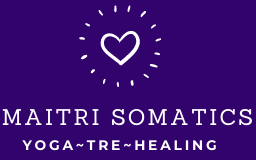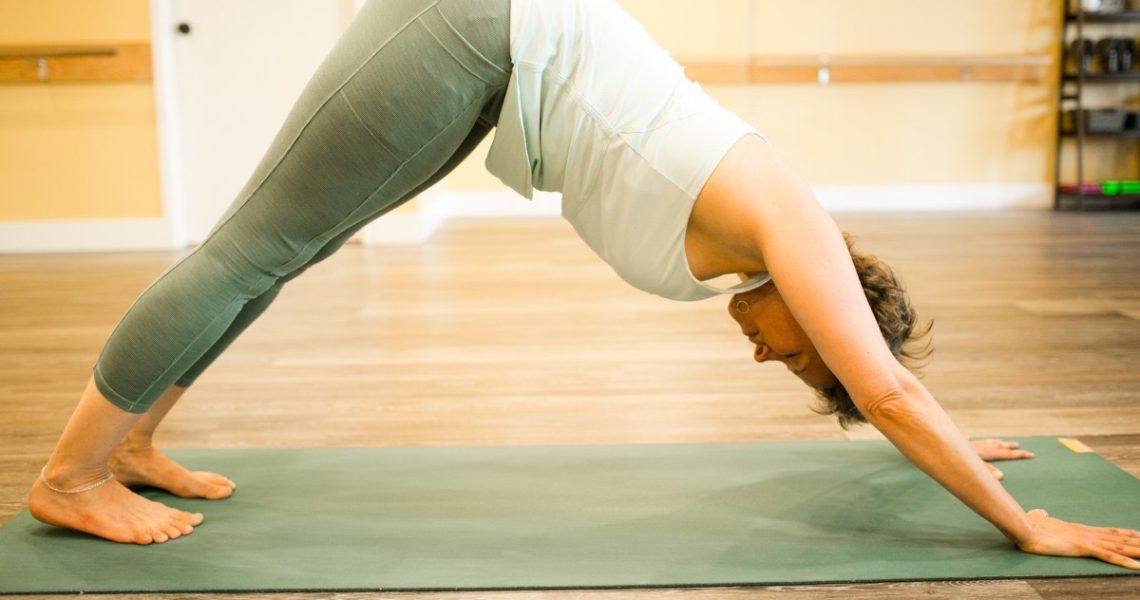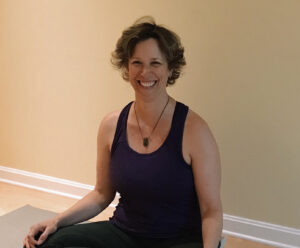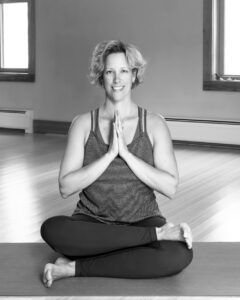Yoga, an ancient practice originating from India, has gained worldwide recognition for its holistic approach to health and wellness. Beyond its benefits for flexibility and strength, yoga offers therapeutic effects that can aid in healing various injuries and conditions. This article delves into specific yoga poses and postures tailored to address different injuries and conditions, providing a natural and effective path to recovery.
I came to yoga to heal. After an illness I found myself with PTSD and chronic pain. Yoga and her many practices and teachings offered me so much relief from my mental, emotional and physical pain, forging my commitment to yoga. Here I offer you a look at yoga asanas, poses, shapes, and postures as a pathway to improved health. See earlier articles for how yoga’s rich meditative, breath, and mantra practices, alongside her powerfully uplifting philosophies can help you move from healing to healed!
Understanding Therapeutic Yoga
Therapeutic yoga focuses on using specific practices, philosophies, postures and breathing techniques to support physical ailments and promote healing. It combines the physical aspects of yoga with a mindful approach, ensuring that each shape is performed safely and effectively, considering the individual’s limitations and needs.
Yoga Poses for Common Injuries and Conditions
1. Lower Back Pain
Lower back pain is a prevalent issue that can arise from poor posture, muscle strain, stress, or underlying conditions such as herniated discs. The following yoga poses can help alleviate discomfort and strengthen the lower back.
Cat-Cow Pose (Marjaryasana-Bitilasana)
- Begin on your hands and knees in a tabletop position.
- Inhale, arch your back (Cow Pose), and lift your head and tailbone skyward.
- Exhale, round your spine (Cat Pose), and scoop your tailbone under and gaze towards your heart.
- Repeat for 5-10 breaths, moving slowly and smoothly in a way that does not aggravate your pain. Gentle!
Child’s Pose (Balasana)
- Start in a kneeling position, with your big toes touching and knees spread apart.
- Sit back towards your heels and extend your arms forward, resting your forehead on the mat, your stacked fists, or a block. You might move in and out of this shape a few times to warm up and prepare your tissues.
- Hold for 1-3 minutes, focusing on deep, relaxing breaths.
2. Knee Pain
Knee pain can result from injuries, arthritis, or overuse. Gentle yoga poses can help strengthen the muscles around the knee and improve flexibility.
Bridge Pose (Setu Bandhasana)
- Lie on your back with your knees bent and feet hip-width apart.
- Press your feet into the mat and lift your hips off the floor.
- Press the backs of your arms, shoulders, and upper back towards the ground and hold for 30 seconds to 1 minute maintaining long, slow, smooth breaths.
Warrior II (Virabhadrasana II)
- Stand with your feet wide apart.
- Turn your right foot out 90 degrees and your left foot slightly in.
- Bend your right knee, keeping it over your ankle, and extend your arms parallel to the floor and gaze out past your front fingers. Make your legs firm and strong.
- Hold for 30 seconds to 1 minute (3-6 breaths), then switch sides.
3. Neck and Shoulder Tension
Neck and shoulder tension often results from stress, poor posture, or prolonged periods of sitting. Yoga can help release this tension and improve posture.
Thread the Needle Pose (Parsva Balasana)
- Start on your hands and knees in a tabletop position.
- Slide your right arm under your left arm, resting your shoulder and cheek on the mat.
- Hold for 1-3 minutes inviting your breaths into your upper back, then switch sides.
Eagle Arms (Garudasana Arms)
- Sit or stand with your back straight.
- Wrap your right elbow under your left elbow and bring the backs of your forearms and hands toward each other, maybe wrapping at your wrist to touch your palms together.
- Lift your elbows slowly and stretch your fingers towards the ceiling.
- Hold for 30 seconds to 1 minute with long, slow, smooth breaths, then switch sides.
4. Wrist Pain
Wrist pain can be caused by repetitive motions, arthritis, or carpal tunnel syndrome. Yoga poses can help strengthen the wrists and improve flexibility.
Tabletop Wrist Stretch
- Begin on your hands and knees in a tabletop position.
- Turn your fingers towards your knees and gently lean back to stretch your wrists.
- Hold for 30 seconds to 1 minute.
Hand Lock (Hasta Bandha)
- Begin on your hands and knees in tabletop position.
- Place your hands shoulder width apart and spread your fingers wide and even.
- Squeeze your mat with your finger tips and press down through your metacarpals (the “ball” of your hand where your fingers meet your palm.
- Maintain an even squeeze for several long slow smooth breaths.
5. Hip Pain
Hip pain can be caused by tight tissues, arthritis, or injuries. Yoga can help increase hip flexibility and body awareness to reduce pain.
Pigeon Pose (Eka Pada Rajakapotasana)
- Start in a tabletop position.
- Bring your right knee forward towards your right wrist, extending your left leg back.
- Squeeze your legs towards each other to engage the muscles and on your exhale release and lower your hips towards the mat.
- Hold for 1-3 minutes, then switch sides.
- Note: if the floor is too far away, slide a bolster or cushion under your pelvis.
Butterfly Pose (Baddha Konasana)
- Sit on the front edge of a blanket or cushion with your feet together and your knees bent out to the sides.
- Hold your feet with your hands or place them on the floor beside your hips and press down to support a long spine.
- Press your feet into each other, inhale, and on your exhale reach out through your knees as if you can grow your thigh bones longer. Watch as your legs gently start to release more towards the floor.
- You might repeat that contract/relax technique then hold for 1-3 minutes with long, slow, smooth breathing.
Benefits of Yoga for Healing
1. Enhances Flexibility and Strength
Regular practice of yoga increases flexibility and strengthens muscles, which can help prevent future injuries and alleviate pain from existing conditions.
2. Improves Circulation
Yoga promotes better blood circulation, which can accelerate the healing process by delivering more oxygen and nutrients to injured areas.
3. Reduces Stress and Anxiety
Stress and anxiety can exacerbate physical pain. Yoga’s focus on breath control and mindfulness can help reduce stress levels, contributing to overall well-being.
4. Promotes Better Posture
Some injuries and conditions stem from poor posture. Yoga helps expand your movement options, reducing strain on various body parts.
5. Increases Body Awareness
Yoga encourages greater body awareness, helping you recognize and address areas of tension or imbalance before they lead to injury.
Conclusion
Yoga offers a gentle yet effective way to heal from various injuries and conditions. By incorporating specific movement practices into your routine, you can alleviate pain, improve flexibility and strength, and enhance your overall quality of life. If you’re looking for natural and holistic methods to support your healing journey, yoga might be the perfect solution.
Note: If any of these shapes don’t work in your body, reach out for personalized instruction through my private yoga sessions. There are many ways to adapt the postures with blankets, blocks, cushions, and chairs. You should not be holding or moving in a shape if it is painful; discomfort is okay, but playing in pain only brings us more pain.
If you would like to receive these notes in your inbox with exercises and practices sign up for my newsletter here!
Remember: this post is for informational purposes only and may not be the best fit for you and your personal situation. It shall not be construed as medical advice. The information and education provided here is not intended or implied to supplement or replace professional medical treatment, advice, and/or diagnosis. Always check with your own physician or medical professional before trying or implementing any information read here.





